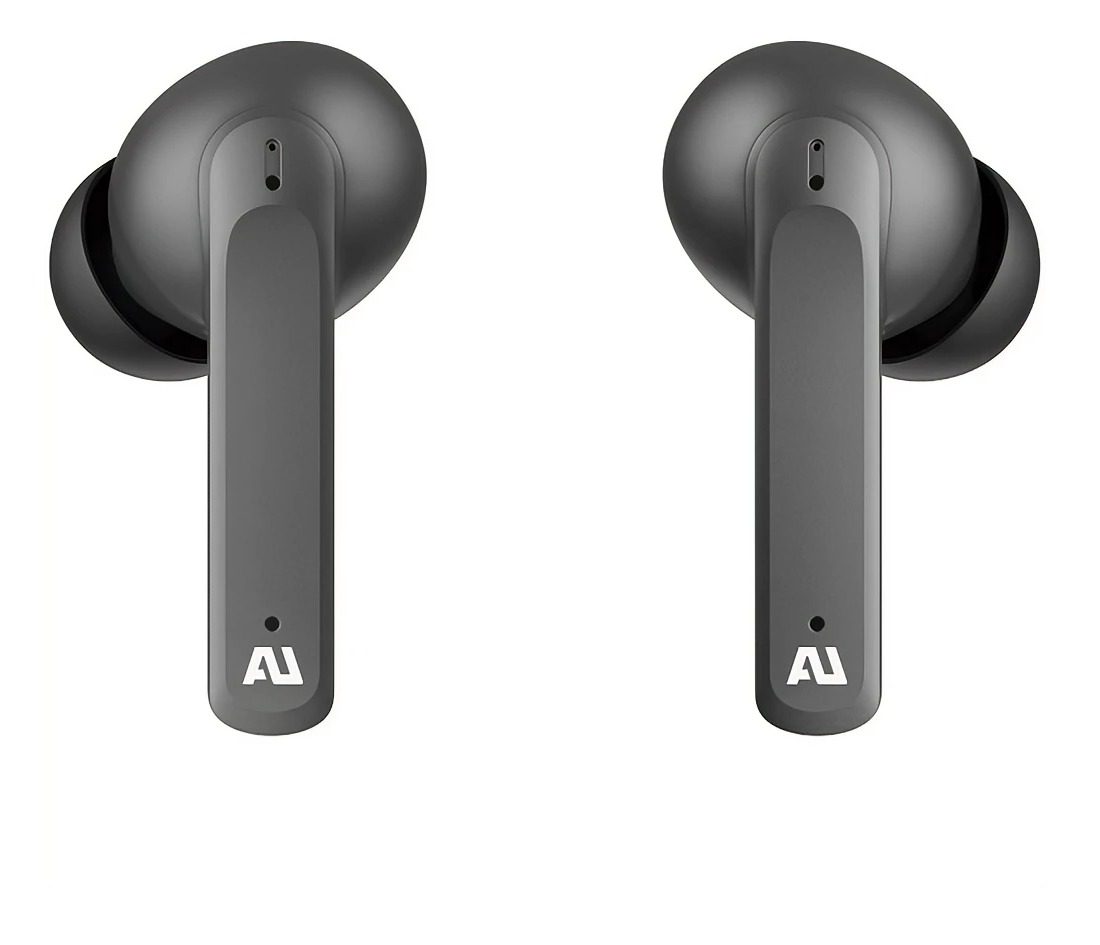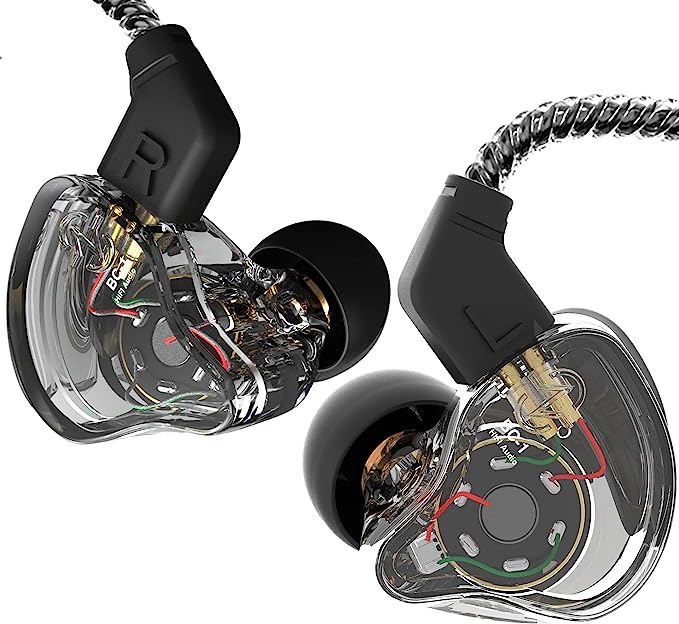Klipsch Cinema 600 Sound Bar: Immersive Home Theater Sound Made Easy
Update on March 15, 2025, 9:01 a.m.
The Quest for Better TV Sound
We live in an age of stunning visuals. High-definition, 4K, and even 8K televisions deliver breathtakingly realistic images. But often, the audio experience lags behind. The slim profiles of modern TVs leave little room for powerful speakers, resulting in sound that can be flat, tinny, and lacking in depth. You might find yourself straining to hear dialogue or missing the impactful rumble of a cinematic explosion. This disconnect between visual and auditory quality is a common frustration, and it’s the driving force behind the growing popularity of soundbars.

Sound: The Basics
Before we dive into the specifics of the Klipsch Cinema 600, let’s touch on some fundamental concepts of sound. Sound is essentially vibration that travels through the air as waves. These waves have two key characteristics:
- Frequency: This determines the pitch of the sound. It’s measured in Hertz (Hz), representing the number of vibrations per second. Low frequencies correspond to deep bass sounds, while high frequencies correspond to treble sounds like a cymbal crash. The human ear can typically hear sounds ranging from 20Hz to 20,000Hz (20kHz).
- Amplitude: This determines the loudness of the sound. It’s often measured in decibels (dB). A higher amplitude means a louder sound.
Our ears and brains work together to interpret these vibrations, allowing us to perceive the richness and complexity of the soundscape around us.
Introducing the Soundbar
A soundbar is a compact, all-in-one speaker system designed to significantly improve the audio quality of your television. Unlike traditional surround sound systems, which involve multiple speakers placed around the room, a soundbar typically houses several speakers within a single, elongated enclosure. This offers a simpler, more streamlined solution for enhancing TV audio without the clutter and complexity of a full-blown home theater setup.
Meet the Klipsch Cinema 600
The Klipsch Cinema 600 Sound Bar is a prime example of how a soundbar can dramatically enhance your home entertainment experience. It’s a 3.1 channel system, meaning it features dedicated left, center, and right speakers, plus a separate subwoofer for low-frequency effects. This configuration aims to deliver a wider, more immersive soundstage than your TV’s built-in speakers could ever hope to achieve.

Decoding 3.1 Sound
The “3.1” designation reveals the speaker configuration. The “3” refers to the three main channels:
- Left Channel: Provides sounds originating from the left side of the screen.
- Center Channel: Primarily handles dialogue, ensuring clear and crisp vocal reproduction. This is crucial for understanding conversations in movies and TV shows.
- Right Channel: Provides sounds originating from the right side of the screen.
The “.1” refers to the subwoofer, which is dedicated to reproducing low-frequency sounds – the deep bass that adds impact and realism.
The Power of the Subwoofer
The Klipsch Cinema 600 includes a powerful 10-inch wireless subwoofer. Why is a separate subwoofer so important? Because reproducing low frequencies requires moving a lot of air. A larger driver, like the 10-inch woofer in the Cinema 600, can do this more effectively than smaller speakers. The wireless connection is a major convenience, allowing you to place the subwoofer anywhere in the room without worrying about running cables. The optimal placement is often in a corner, as this can reinforce the bass response.
HDMI-ARC: The One-Cable Wonder
Setting up home theater systems can be a daunting task, with a tangle of wires to connect. The Klipsch Cinema 600 simplifies this process with HDMI-ARC (Audio Return Channel). This technology allows you to connect the soundbar to your TV using a single HDMI cable, which carries both audio and video signals. Even better, HDMI-ARC enables your TV remote to control the soundbar’s volume, eliminating the need for multiple remotes.

A Closer Look at the Specs
Let’s delve into some of the technical specifications that contribute to the Cinema 600’s performance:
- Frequency Response (Lower Limit): The stated 35Hz indicates the lowest frequency the system can reproduce. This is a respectable figure, suggesting the subwoofer can deliver substantial bass.
- Power Output: The 600 watts of peak power indicates the system’s potential to deliver loud, dynamic sound. While peak power doesn’t represent continuous output, it suggests the system can handle sudden bursts of sound without distortion.
- Signal-to-Noise Ratio (SNR): The 103dB SNR is excellent. A high SNR means the desired audio signal is significantly louder than any background noise (hiss or hum), resulting in clear, detailed sound.
The Science of Sound Reproduction
Creating realistic sound is a complex engineering challenge. Several factors contribute to the overall audio quality of a soundbar:
- Speaker Drivers: These are the individual components within the soundbar that actually produce sound. The quality of the drivers, their size, and their materials all impact performance. Klipsch is known for using high-quality drivers in their speakers.
- Enclosure Design: The soundbar’s enclosure, or cabinet, plays a crucial role. The Cinema 600 uses a wooden enclosure, which is generally preferred over plastic for its acoustic properties. Wood tends to resonate less than plastic, reducing unwanted vibrations that can color the sound.
- Crossover Network: The crossover is an electronic circuit that divides the audio signal and sends different frequency ranges to the appropriate speakers (tweeters for high frequencies, woofers for low frequencies). A well-designed crossover ensures a smooth transition between the speakers.
Klipsch: A Legacy of Innovation
Klipsch has been a major player in the audio industry since 1946. Founded by Paul W. Klipsch, the company has a long history of innovation and a reputation for producing high-performance speakers known for their dynamic range and clarity. This heritage is reflected in the design and engineering of the Cinema 600.
Virtualized Surround Sound: How it Works (and its Limitations)
The Klipsch Cinema 600 features 5.1 decoding and offers a virtualized surround sound experience. This means it can process 5.1 channel audio signals (common in movies and TV shows) and use digital signal processing (DSP) to create the impression of surround sound, even though it doesn’t have dedicated rear speakers.
Here’s how it generally works: The DSP algorithms analyze the audio signal and manipulate the timing and phase of sounds reaching your ears. By carefully delaying certain sounds and adjusting their relative levels, the soundbar can trick your brain into perceiving sounds as coming from different locations around you.
However, it’s important to understand the limitations. Virtual surround sound is an approximation. It can create a wider and more immersive soundstage than standard stereo, but it cannot replicate the true directionality and precision of a discrete 5.1 or 7.1 system with actual surround speakers.
Soundbars vs. Traditional Surround Sound
Choosing between a soundbar and a traditional surround sound system depends on your priorities and your space.
Soundbar Advantages:
- Simplicity: Easier to set up and install.
- Space-saving: Compact and less cluttered.
- Cost-effective: Generally less expensive than a full surround sound system.
Soundbar Disadvantages:
- Limited surround sound: Virtual surround sound is not as immersive as true surround sound.
- Less customization: Fewer options for adjusting individual speaker levels.
Traditional Surround Sound Advantages:
- True surround sound: More immersive and realistic soundstage.
- Greater flexibility: More control over speaker placement and levels.
Traditional Surround Sound Disadvantages:
- Complexity: More difficult to set up and install.
- Space requirements: Requires more space for multiple speakers.
- Higher cost: Generally more expensive than a soundbar.

Real-World Applications
The Klipsch Cinema 600 enhances a variety of home entertainment experiences:
- Movies: Experience cinematic sound with clear dialogue, impactful special effects, and deep bass. The dedicated center channel ensures that voices are always clear and intelligible, even during action-packed scenes.
- Music: Enjoy your favorite music with greater clarity, detail, and dynamic range. The wireless subwoofer adds a powerful low-end foundation to your tunes.
- Gaming: Immerse yourself in the game world with realistic sound effects and directional audio cues.
Conclusion: Elevating Your Home Entertainment
The Klipsch Cinema 600 Sound Bar offers a compelling solution for anyone seeking to upgrade their TV audio without the complexity of a traditional surround sound system. It delivers powerful, immersive sound with clear dialogue, deep bass, and a wide soundstage. While virtual surround sound has its limitations, the Cinema 600 provides a significant improvement over built-in TV speakers, making it a worthwhile investment for enhancing your movie-watching, music-listening, and gaming experiences. The combination of Klipsch’s audio expertise, the convenience of HDMI-ARC, and the powerful wireless subwoofer makes the Cinema 600 a strong contender in the soundbar market.



























































